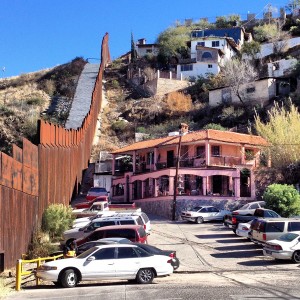Teacher trades time for big savings with extreme couponing
|
EL PASO – Every Sunday is like Christmas for Diana Lopez when she sorts through stacks of coupons and thinks about all the things she’ll be able give and receive. “I get very excited when it’s Sunday because it’s time to go shopping and save some money,” she said as she outlined her weekly routine that has saved her thousands of dollars over the years. Her day starts at her local Dollar Tree where she picks up the Sunday newspaper to find the coupons and sales at area stores. Lopez, 27, a special education teacher at Dolphin Terrace Elementary School, has been hooked on coupons since she was 24 years old, when she realized she was paying so much for clothes and food that she wasn’t able to build up much of a savings. “Many people think that using coupons is embarrassing and a waste of time but what if I my total was $112.64 and I ended up paying $19.02 with coupons?”
Using coupons has helped Lopez and her husband save enough to be able to afford a two-story house valued at more than $190,000.

